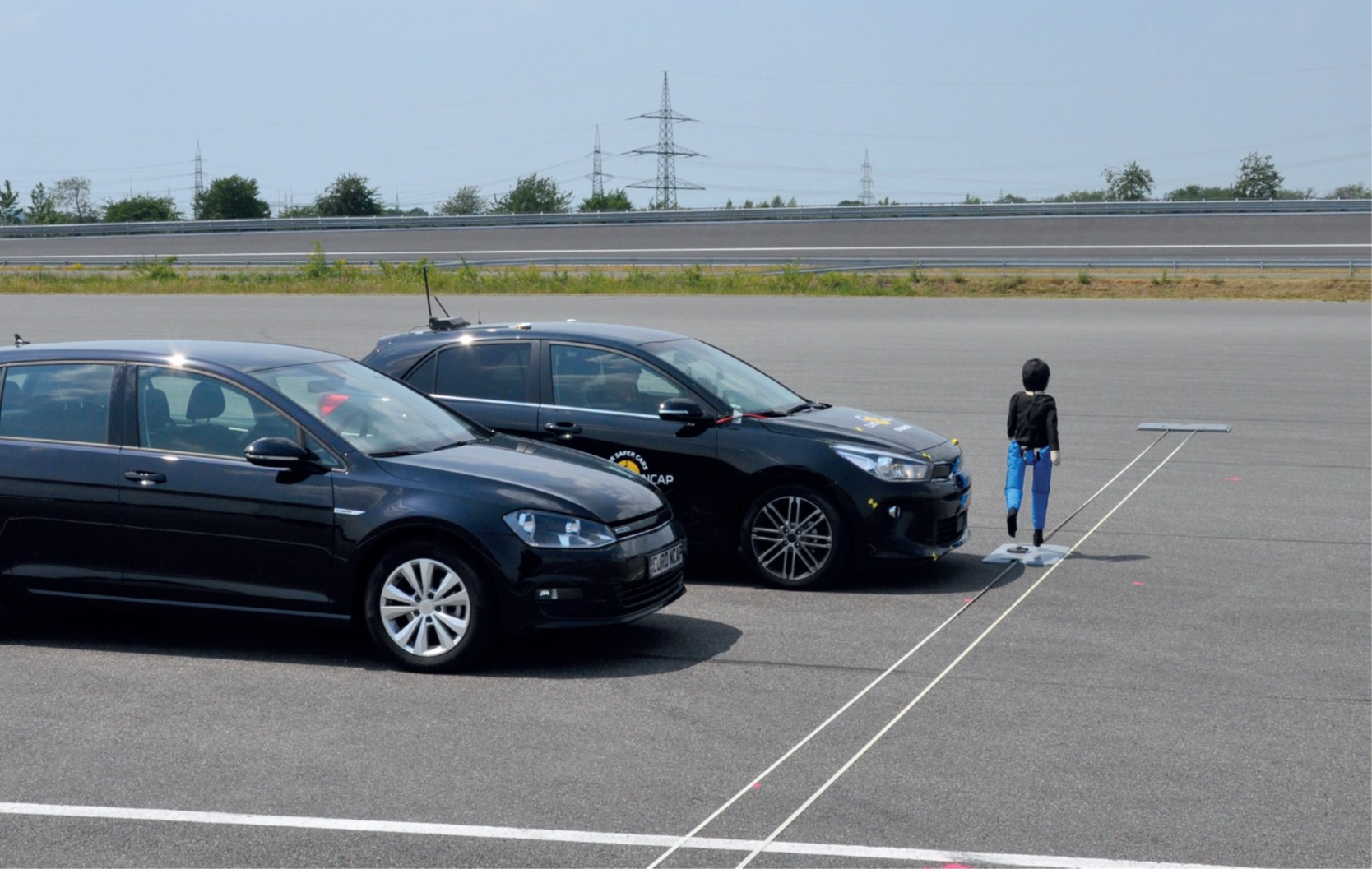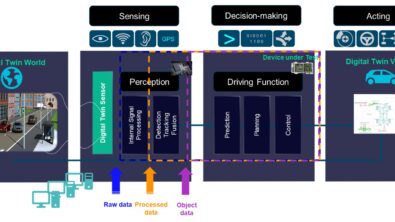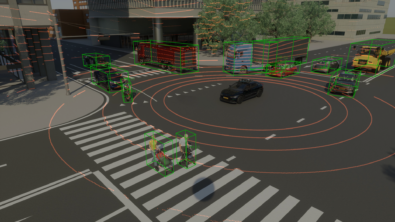Blurring lines between virtual and physical testing


ADAS is no longer for premium cars only but is being standardized in a broad range of vehicles. Step by step the level of automation in vehicles increases, and more control functions of the vehicle will be taken away from the driver until fully autonomous driving is a reality.
The road towards autonomous driving is marked by the need for the vehicle to recognize and react to more and more complex scenarios. In future protocols, large numbers of virtual tests will be required to complement the proving ground tests.
But testing thousands of scenarios is easier said than done. With the Siemens validation and verification framework for ADAS and autonomous driving, we can help our customers throughout the entire process.
Step 1: Fully virtual
Most tests are first executed in a fully virtual MiL manner. This means the vehicle, environment, sensors and controller are put together as virtual representations, as close to the reality as required to generate trustworthy results.
Step 2: Digital testing twin
However, virtual results can only be trustworthy if they are confirmed by physical testing. Simcenter Prescan enables you create a digital twin and run the exact same scenario in virtual conditions as on the actual proving ground. This way, test periods can be optimized and executed efficiently.
Step 3: On the actual proving ground
The last stage of the verification and validation process will always take place outdoors on proving grounds with the pre-production vehicle. Both model validation tests and full performance verification tests can be executed. Our testing laboratory in Helmond, The Netherlands is Euro NCAP accredited and offers full-scale crash tests and active safety assessments for speed assist, lane support and emergency braking too.
Step 4: Data collection
It doesn’t stop there. Data collected during the lifetime of the vehicle can be used to further improve the vehicle with over-the-air software updates. Having an established virtual and physical validation and verification framework enables this new way of working.
To know more about how our software can help you with validation and verification of ADAS, download the full whitepaper: Verifying ADAS and autonomous driving performance.


